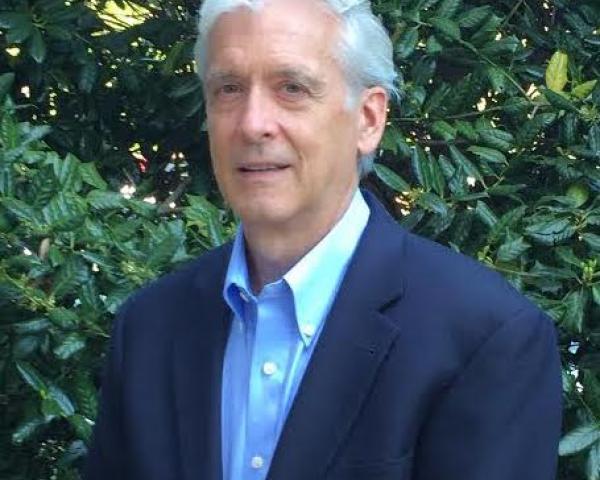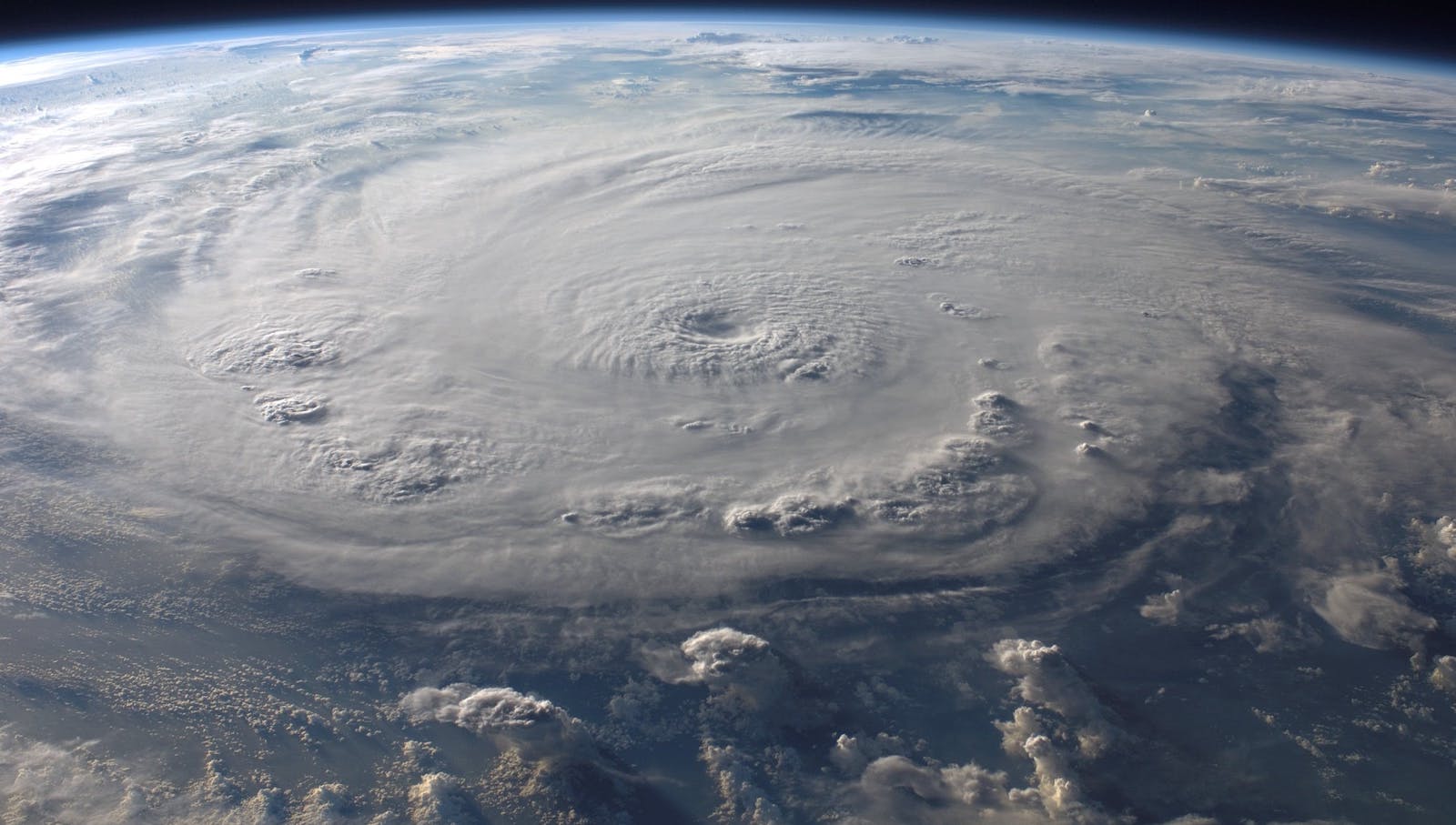The California fires amplify the vulnerability to wildfire to even urban environments and highlight the need for new thinking.
The U.S. West Coast is regularly confronted with the risk of conflagration if a wildfire is sparked. An estimated 3.6 million residential properties in California are situated within wildland-urban interface (WUI) areas, with more than one million of those residences highly exposed to wildfire events, according to a 2010 federal study.
However, the Tubbs wildfire – which rolled up with other California wildfires to result in some of the largest global reinsurance recoveries during 2017 – spread into the Coffey Park neighborhood that was situated outside WUI areas. This disaster amplifies the vulnerability to wildfire to even urban environments across the state and highlights the importance of continually mitigating wildfire exposure to protect people, homes and businesses. But what can be learned from this wildfire to enhance disaster planning and communications?
Mitigation approaches range from using generational lessons garnered through prior wildfires, as melded with science and technological gains, to adherence to public policy at the state, county and community levels. These strategies can unravel if absent of preventative measures taken by individuals at home or work to, for instance, expand defensible space at the property location and surrounding environment, combined with installing more effective fire retardant materials (i.e., roofing, siding, fencing, decks, etc.). All these measures are underpinned by the research and resources available through agencies or organizations such as CALFIRE, FEMA, IBHS and Firewise.
While the existing preventive measures did save lives and mitigate damage within Sonoma County, conditions and the speed of a widely spreading event combined to overwhelm emergency services and even many fortified structures that were eventually swept away by a wildfire which often flowed faster than water running downhill.
To elaborate upon such conditions, the humidity level was extremely low, westerly winds (Diablo) were fierce and swirling once engaged with wildfire, and embers the size of footballs were carried up to more than a mile away. The wind-driven conflagration ignited and leapt over a major highway into Coffey Park, an urban community situated on a flat setting and woven with tightly aligned residences often connected by fences, common shrubs and a canopy of overhanging trees. Enabled by such a common urban setting, the wildfire ignited into Coffey Park like a fast-burning fuse – the scope and speed of which can be seen in Berkeley Fire Department’s video as posted on the KTVU website. Evacuation efforts were the highest priority for first responders who also established a perimeter, aided by wider firebreaks on multiple sides, to eventually contain the wildfire flaring within Coffey Park. But the destructive wake of the wildfire ravaged Coffey Park, leaving behind nearly two dozen victims and the ruin of roughly 1,300 properties.
See also: Time to Mandate Flood Insurance?
Without delay, and while functioning within areas situationally under control of authorities at the outset, the insurance industry moved swiftly and visibly to respond to honor obligations; immediately providing additional living expense funding, including for evacuation, and, when possible, settling property claims. However, the rebuilding campaign and P&C claims settlement process for the Tubbs wildfire, in an area with an extremely low vacancy rate prior to the disaster, will take many years to complete.
Lessons learned:
- From the public policy perspective, governmental entities and citizens will revisit evacuation planning, especially in light of officials deciding to issue an e-mail alert and not a widely dispersed emergency cell phone alert due to concern that such a widespread alarm would hamper emergency efforts. However, when the wildfire expanded beyond worst expectations, the unintended consequence of such a decision led to a frenzied situation in Coffey Park, with citizens making a critical difference by racing from door to door to awaken neighbors, while staff at facilities in Santa Rosa resorted to using personal vehicles to clear patients from a hospital and residents from a senior care center.
- A "back to the future" siren system, as a basic supplemental measure, might merit consideration.
- The Public Utilities Commission may need to revisit how electrical power is supplied to mountainous areas where, during violent winds, swaying electrical lines or fallen transformers / poles often result in arcing wires that spark fires that easily spread.
- With saving lives, most understandably, serving as the highest priority for emergency services, more insurers may consider contracting with private firefighting operations that have a superior ability to traverse steeply sloped and winding roads to reduce chances of property damage. These basic actions could involve, for example, clearing vegetation and combustible fencing with chain saws, accessing water sources with pumps, covering vents, clearing gutters and applying fire retardant foam spray to structures.
- Underwriting teams commonly access software tools to address wildfire exposure as part of the selection and pricing processes, as well as review output generated through portfolio models to monitor aggregate exposure. However, while steadily improving and evolving through lessons learnt, these tools offer imperfect guidance. For wildfire models, what is expected is burning along the Wildland Urban Interface with minor encroachment into other areas, with such expectations being met during the past 30-plus years [model era] subject to the notable exceptions of the Oakland Hills [1991] and Coffey Park [2017] situations. Insurers, in view of the recent dimension of an urban tragedy striking Coffey Park, may choose to (re)explore "model miss" options that could influence spread of risk and reinsurance design strategies..
- The industry will benefit through supporting community awareness campaigns to inspire customers to be vigilant about wildfire exposure; especially as another Coffey Park-type event could potentially recur in California or even happen elsewhere under similar conditions.
See also: 2018 Workers’ Comp Issues to Watch
Following the series of US catastrophes, Aon visited the sites of Houston for Hurricane Harvey, Puerto Rico for Hurricane Maria, Florida for Irma and Northern California for the wildfires. The team surveyed the damage and assessed how each event evolved to affect both people and properties with the goal of enhancing catastrophe models and identifying lessons for the future. I was joined by Dan Dick, Steve Bowen, Steve Jakubowski, Jeff Jones and Weston Vosburgh.






